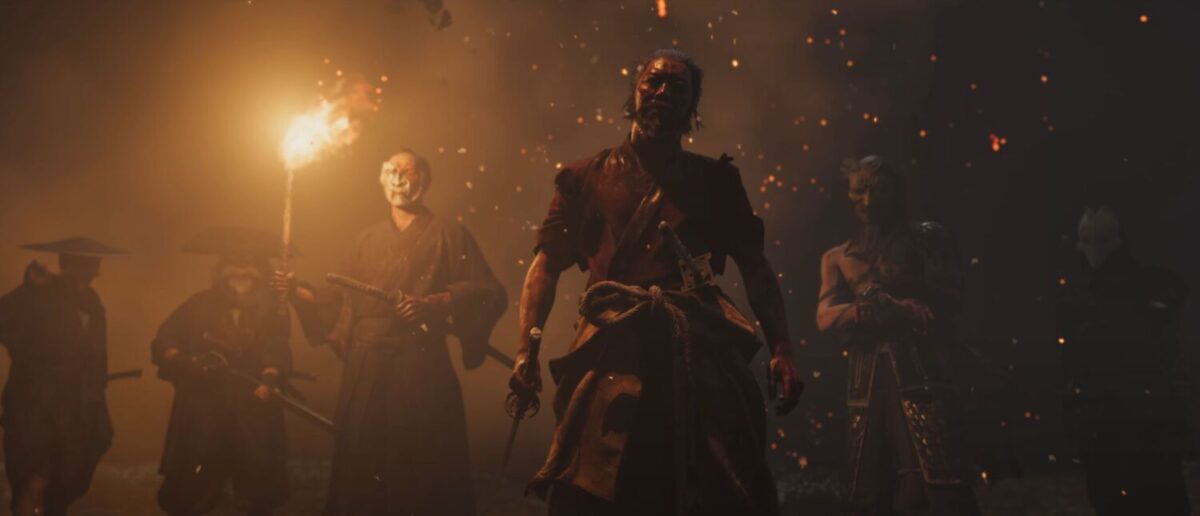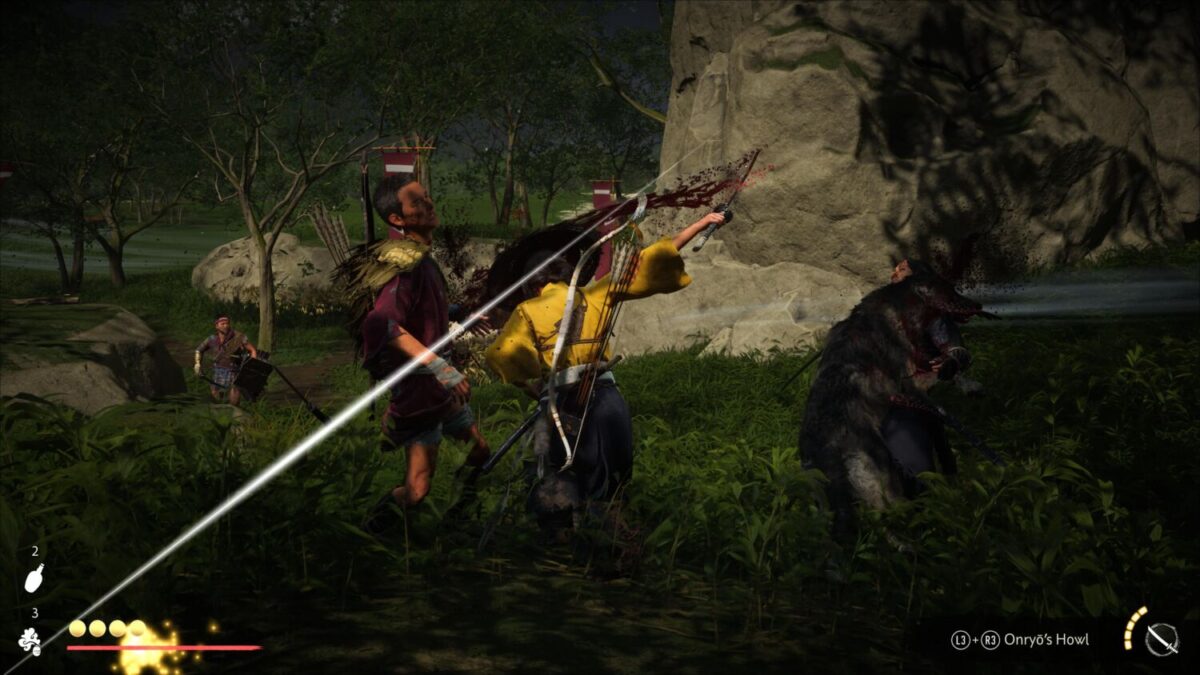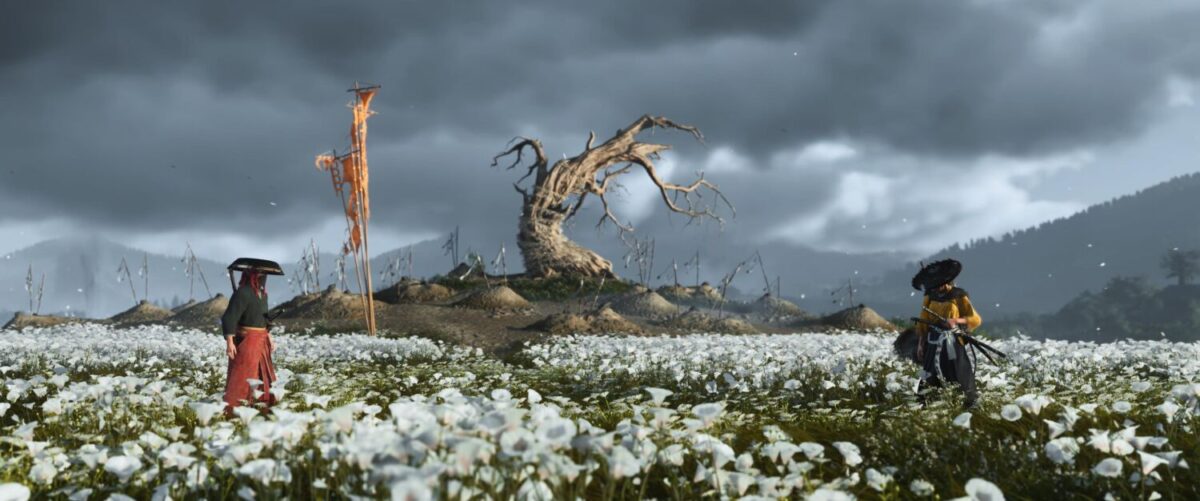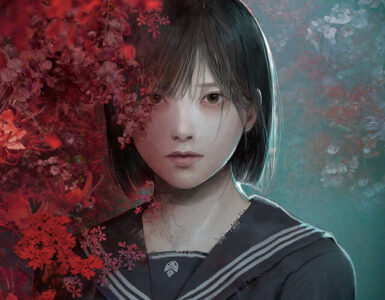From magnificent palaces, sakura cherry blossoms, and fields that stretch as far as the eye can see, to an era rife with war and violence, it’s no wonder that ancient Japan has become such an appealing setting for video games, allowing players to immerse themselves in a picturesque setting that balances beauty with tragedy.
The premise and heritage made Sucker Punch Productions’ 2020 samurai adventure Ghost of Tsushima an instant hit among players, and considering how well fans resonated with Jin Sakai’s heroic one-man stand against an entire Mongol army invasion, it’s no surprise that the studio is aiming for similar success with its follow-up, Ghost of Yōtei.
This long-awaited sequel introduces not just a new protagonist and narrative, but also a new region of Japan to explore – the island of Ezo, known in present-day as Hokkaido. And while the sequel improves upon the original in many ways, it isn’t a complete upgrade, and ends up being a few steps forward, but also one step back.

Set in 1603, 329 years after the events of Ghost of Tsushima, the game follows Atsu, a girl who witnesses her family murdered in front of her by a band of outlaws known as the Yōtei Six. Pinned to a burning tree and left for dead, Atsu survives her ordeal and escapes South to mainland Japan, where she would go on to train as a mercenary and hone her skills in combat.
Sixteen years later, Atsu returns to Ezo with a singular goal – hunt down and eliminate all members of the Yōtei Six, consisting of the Snake, the Kitsune, the Ōni, the Dragon, the Spider and their leader, the disgraced samurai Lord Saitō. With her foes believing that she died in the fire years ago, Atsu quickly gains a reputation as an onryō, a spirit of vengeance, risen back from the grave to deliver bloody justice to all who wronged her.

While Ghost of Yōtei’s straightforward revenge tale is one that’s tried and tested within the action-adventure genre, it’s sadly the game’s weakest point and pales in comparison to its predecessor. While Jin’s tale of overcoming impossible odds in the face of adversity was glorious to see unfold, Atsu’s journey is a huge letdown, never growing into something more than a personal vendetta.
This isn’t helped by the fact that Atsu herself isn’t a likeable character, and while she faces many of the same development opportunities as Jin, the latter eventually grew out of his stubborn ways and gradually realised that it takes more than a single person to face an army. Atsu, on the other hand, adopts her lone wolf persona to an egregious extent, and for the vast majority of the title, never cares who gets hurt along the way, be it friend or foe. It’s this almost toxic nature that’s guised within the veil of “strength” that makes her hard to root for, and even moments of loss that are meant to be emotional fail to connect when you know that Atsu is the one responsible for it in the first place.

To this end, it’s the game’s side characters – who won’t be named due to spoilers – that carry its narrative beats through the adventure, providing that much-needed touch of humanity to balance out Atsu’s one-track mind. It’s a shame that the studio decided to spotlight Atsu’s self-destructive personality and leave those with actual emotional depth on the sidelines, as the game’s plot would have been much more palatable if the roles were reversed.
Taking Ghost of Yōtei’s inferior storytelling aside, the game excels in every other aspect, most especially in its gameplay, which builds upon the already strong foundations of the original to provide returning fans with something fresh, but that also feels instantly familiar.

Like Ghost of Tsushima, players will explore the island of Ezo largely without guidance, with the game offering the same natural in-game ways to guide players to places of interest, such as the return of the yellow bird or fireflies, which they can follow to discover various landmarks like hot springs or bamboo stands. New to the game however, is the spyglass, which players can pull out at any time to mark points of interest manually, allowing them to chart their own path towards their goal. While the game was marketed as allowing players to tackle the Yōtei Six in any order, this isn’t actually true per se, as most of the six won’t be immediately available to players, with the game subtly guiding players towards a certain canon order to deal with them.
Other new additions to the title include how Atsu gains skill points, as unlike its predecessor’s traditional experience point system gained by completing missions, players can only gain abilities here by seeking out Altars of Reflection spread across the map, which rewards them with one skill point each, encouraging exploration rather than simply rushing through its main storyline.

Side activities have also seen a huge boost in variety with the additions of new ones like wolf dens to unlock specific skills for her wolf companion, which can appear occasionally during stealth or combat. In addition, returning activities like the aforementioned hot springs and bamboo strikes can now have optional gameplay elements, such as tasking a player with removing weeds from the area, which then causes various animals to spawn. Admittedly, this doesn’t add any gameplay benefits, but it’s always interesting to see what sort of critter would emerge in the background next.
Combat and stealth have also seen some shakeups, but largely remain exactly how returning players remember them, just with a few new aesthetic changes thrown into the mix. Take Ghost of Yōtei’s new weapon system, for example, which allows Atsu to wield a variety of tools other than her katana, like a yari (spear), an odachi (large dual-handed sword) or the Kusarigama (ball and sickle chained weapon), which is essentially a reskinning of the originals stance system, as each will counter a different enemy type.

The foes players will encounter throughout the game are much more formidable too, as apart from Atsu having much less health than Jin did, most enemies also come equipped with two weapon types and can swap them at will, meaning players must always be on their toes to counter their ever-changing arsenal, and that things can become quite hectic when faced with a large group of them at once.
To assist her in combat, Atsu can also find and equip different upgradable armour sets, and unlike those seen in the original game, which mostly gave flat stat bonuses, here they provide a more substantial gameplay change, such as one that provides bonuses only when equipped with the correct counter weapon, or one that gives a new skill like being able to block rifle shots, further encouraging experimentation and hot-swapping to meet different situations.

In essence, combat is meant to elevate the experience seen in Ghost of Tsushima, not change it completely, offering the same variety for newcomers while still allowing returning fans to feel right at home. It’s more of the same, but that isn’t a bad thing.
On the stealth end, the changes are much less substantial. The only major addition to sneaking comes from the Kusarigama, which now enables Atsu to assassinate enemies from afar in exchange for spirit points, with upgrades that allow it to be used on larger brute enemies or remove its spirit cost altogether. The “observe the leader” mechanic is also gone here, as players gain their new weapons by seeking out masters in their own separate missions, meaning stealth runs are less emphasised and more of an option for those who wish to do so, which is always good to see.

As players explore Ezo in search of the Yōtei Six, they will also do so in the absence of a traditional journal or mission objective system, with Ghost of Yōtei instead opting for a more natural clue system, which allows players to gather information on their targets naturally as they explore the world. This can come from talking to villagers in town or highlighting points of interest from afar with the spyglass, but also from interrogating the final enemy in an encounter. These all unlock mission “cards”, which can then be browsed via the map and point players towards their objective. It doesn’t completely change how objectives are handled and ends up feeling like a roundabout way to reach the same goal, but props to the studio for trying something new.
Either way, exploring Ezo is always a sight to behold, with Sucker Punch once again proving that they are unmatched when it comes to world design that balances untouched nature and pockets of lived-in spaces. Ghost of Yōtei is split into five biomes, each with its own unique flavour, and from exploring the open plains of Tokachi Range, to braving the cold atop the icy mountains of Teshio Ridge, or climbing to the peak of the titular Mount Yōtei, there’s always something interesting to discover, and visually, the game never fails to stun too, amping up the original’s particle effects like the way Atsu kicks up fallen leaves or how trees sway in the wind to an impressive degree.

In many ways, Ghost of Yōtei is simply more of what made Ghost of Tsushima so amazing to begin with, offering a fresh take on its combat systems while providing new ways to engage in its improved roster of side activities. It’s just a shame that Atsu and her shortsighted tale of mindless vengeance can’t hold a candle to the warrior that came before, but then again, that’s why legends exist, and try as the Onryō might, she falls short of truly attaining the title of the Ghost.
GEEK REVIEW SCORE
Summary
While Ghost of Yōtei offers an evolution of what many loved about the first game, its unlikable protagonist and generic revenge plot mean the Onryō still has a ways to go before she can truly earn the mantle of the Ghost.
Overall
8.7/10-
Gameplay - 9.5/10
9.5/10
-
Story - 6.5/10
6.5/10
-
Presentation - 9.5/10
9.5/10
-
Value - 9/10
9/10
-
Geek Satisfaction - 9/10
9/10













